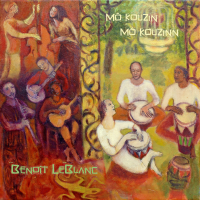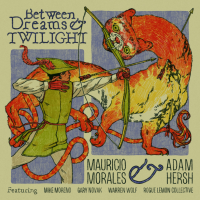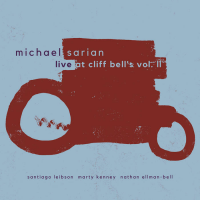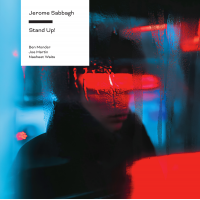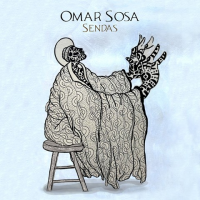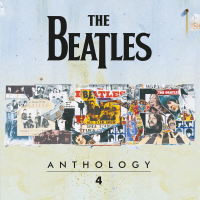Home » Jazz Articles » Album Review » Meg Okura: Naima
Meg Okura: Naima
While the band name implies a strong influence from the Far East—and this does come to fruition in many places here—subtler hints of the Orient come through at other times. Light-headed, rippling flute arpeggios introduce "Naima" and shifting, overlapping lines help to create an impressionistic weave of sound. Okura's rich, expressive violin playing is captivating and Mamiko Kitaura's piano work seems to float on thin air. Okura adds her helium-light, wordless vocals to the mix on "Hannah's Vocalise" and a firm rhythmic feel—in seven—underscores and contrasts with the gentler presence provided by Okura. Flautist Anne Drummond gets some space to solo here and Okura sticks in a brief quote from "The Girl From Ipanema" when it's her turn.
Okura's classical training is an asset on "Caprice," which begins with a virtuosic, Paganini-worthy display of showmanship and skill. After this solo violin statement, Okura and her ensemble take this piece in a Latin direction, and seem to have a ball doing it. "Afrasia," an ambitious piece that marries African and Asian elements, possesses some dark sections in its opening minutes, but is changed by brighter, flute-led slices of sound and some slamming rock beats beneath Okura's violin. This band has the ability to move like a bird of prey when they want to, but they also evoke the sounds of a mbira and paint an intimate Asian-inspired scene, all within a single composition.
Okura uses additive meter to create metric mayhem on "San San Nana Byoshi," and the greatest display of her compositional talent comes through on "The Lu Hai Suite." The first movement, "Empty Mountain," possesses a sweepingly beautiful sound, influenced by American folk music, while the mysterious uncertainty of the second movement, "Echo Of Voices," is replaced by an oddly funky, industrialized groove that brings out a different side of Kitaura's playing. This particular episode departs as quickly and abruptly as it arrived—though it returns at the movement's end—and Okura moves on to more refined gestures and ever-evolving ideals within this section of the suite. Okura used the Chinese pentatonic "Yo" scale as the building block for "Sunligh,t" and its central melodic idea slowly blossoms and unfolds in different shapes throughout its journey. The juxtaposition of flute against strings creates a lovely blend on the final movement of the suite, "Green Moss," ending in a more reflective, quiet place as the band recedes into dark nothingness.
Judging by Naima, chamber jazz has found its queen in Meg Okura.
Track Listing
Naima; Hannah's Vocalese; Caprice; Afrasia, San San Nana Byoshi; Lu Chai I: Empty Mountain; Lu Chai II: Echo of Voices; Lu Chai III: Sunlight; Lu Chai IV: Green Moss.
Personnel
Meg Okura
violinMeg Okura: violin, erhu; Anne Drummond: flute; Jun Kubo: shinobue, flute; Rubin Kodheli: cello; Mamiko Kitaura: piano; Jennifer Vincent: bass; Willard Dyson: drums; Satoshi Takeishi: percussion; Dave Eggar: cello (5).
Album information
Title: Naima | Year Released: 2010 | Record Label: Self Produced
Tags
PREVIOUS / NEXT
Support All About Jazz
 All About Jazz has been a pillar of jazz since 1995, championing it as an art form and, more importantly, supporting the musicians who make it. Our enduring commitment has made "AAJ" one of the most culturally important websites of its kind, read by hundreds of thousands of fans, musicians and industry figures every month.
All About Jazz has been a pillar of jazz since 1995, championing it as an art form and, more importantly, supporting the musicians who make it. Our enduring commitment has made "AAJ" one of the most culturally important websites of its kind, read by hundreds of thousands of fans, musicians and industry figures every month.













